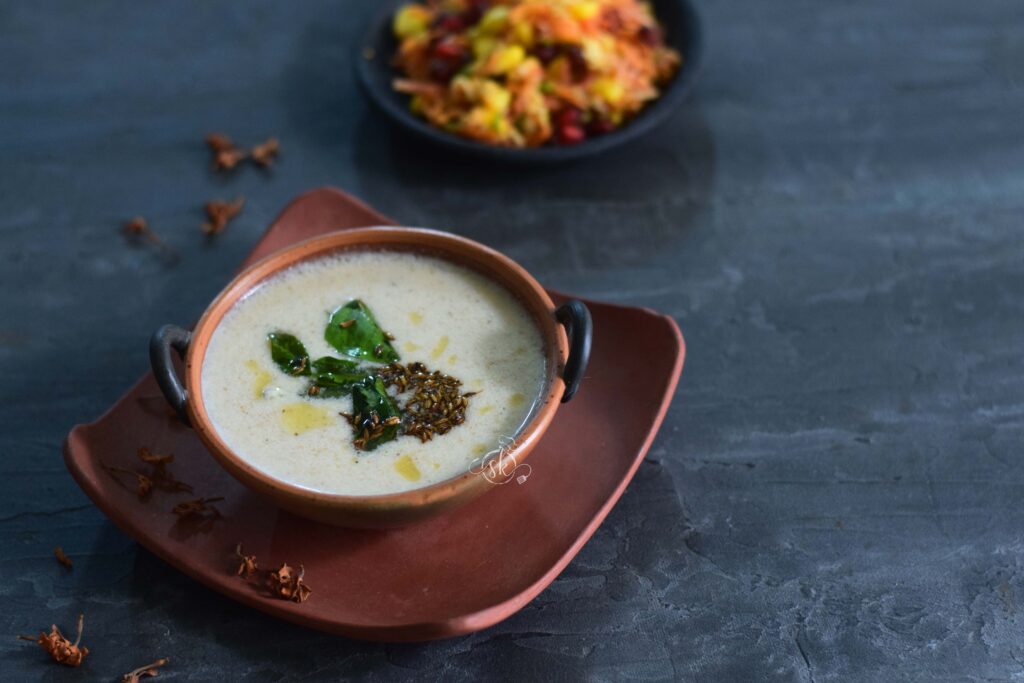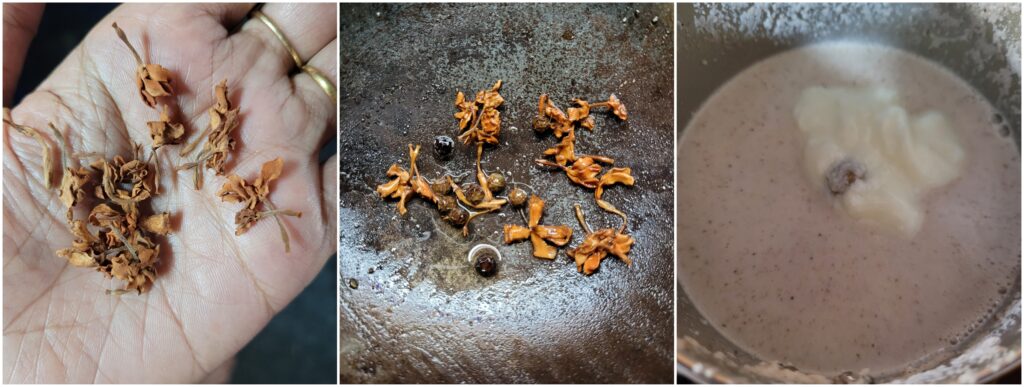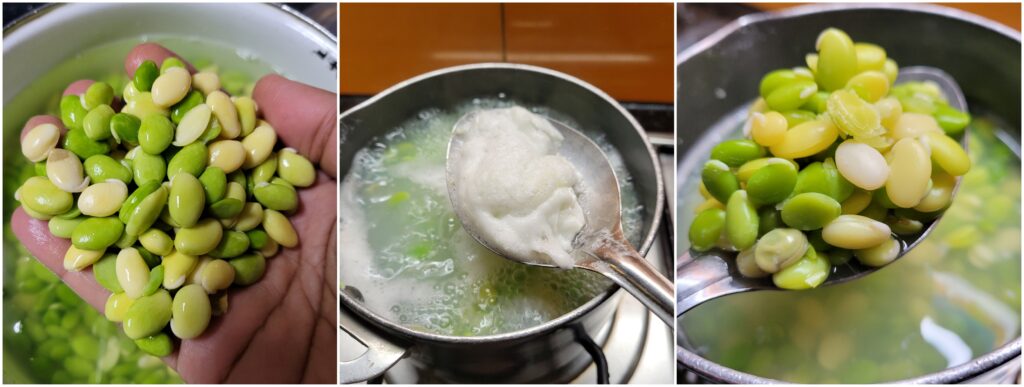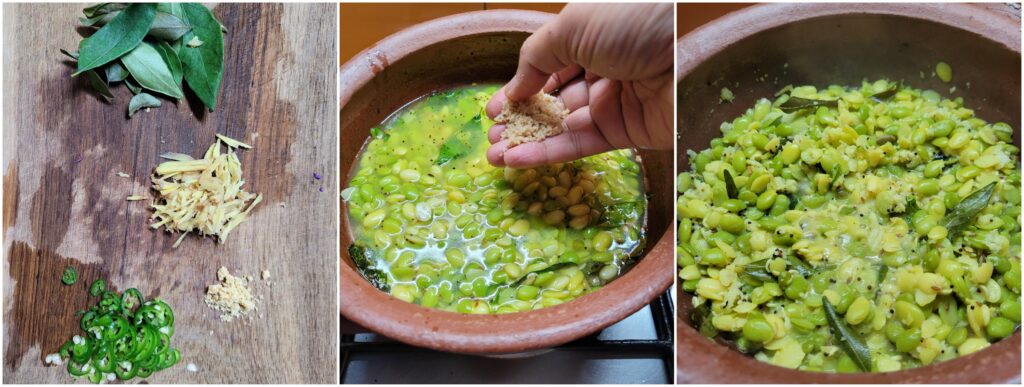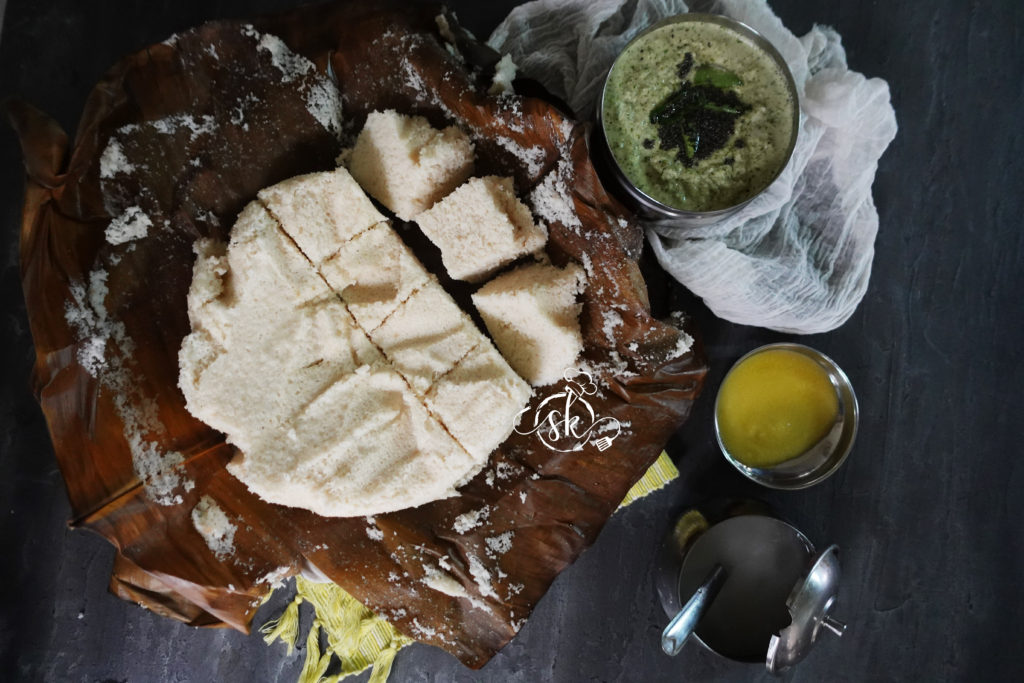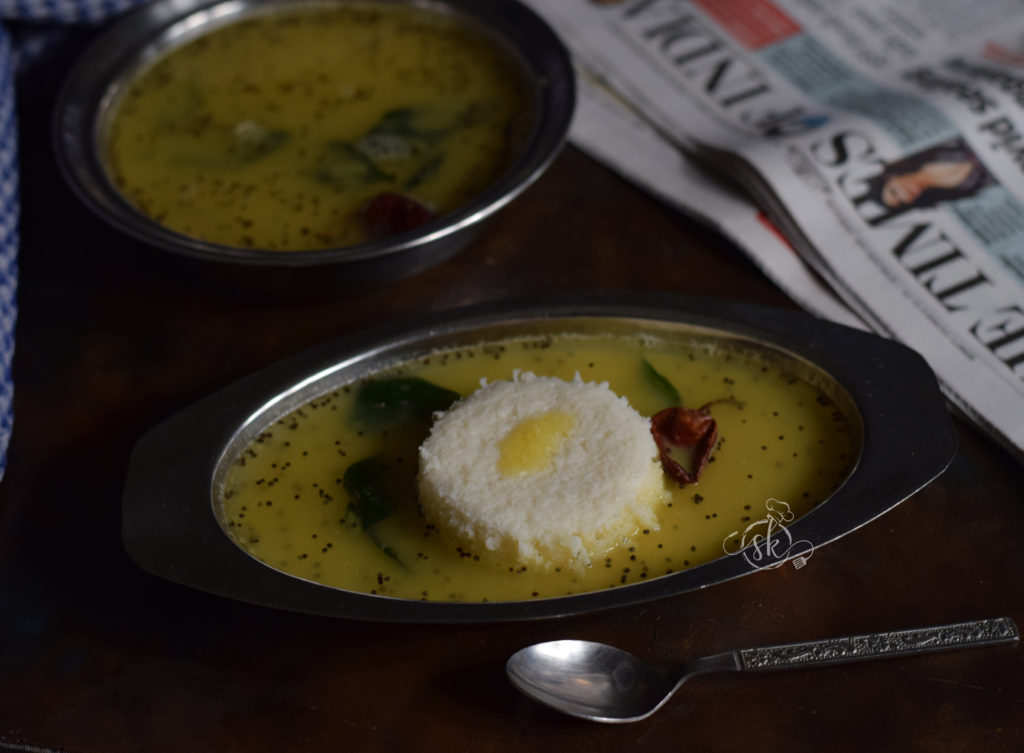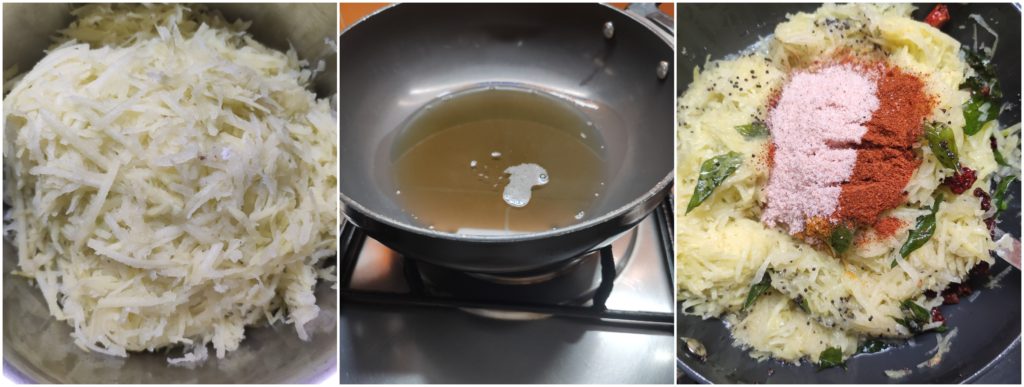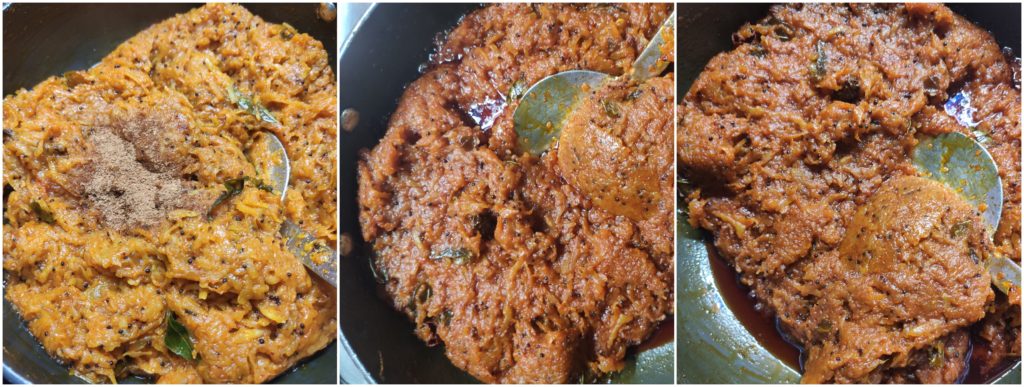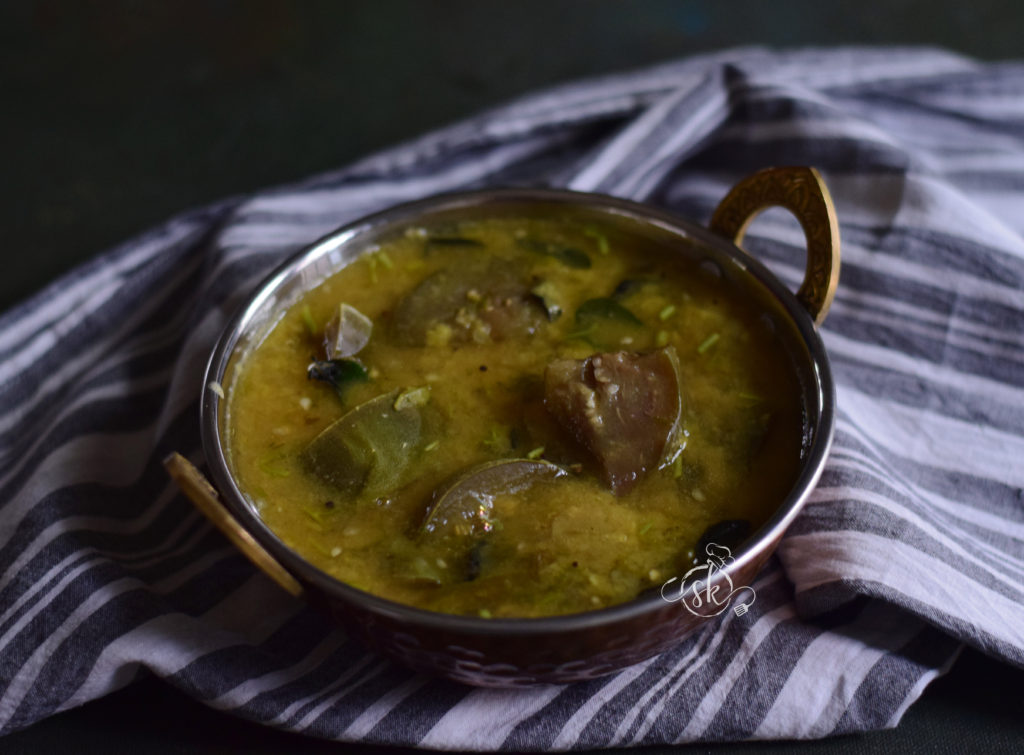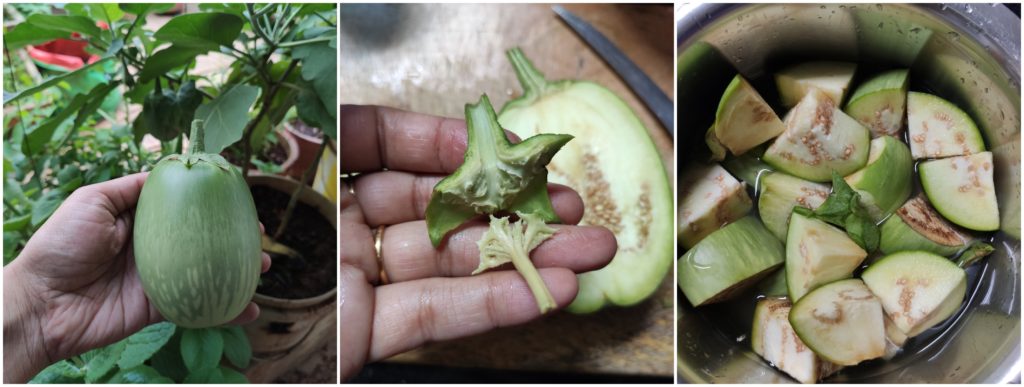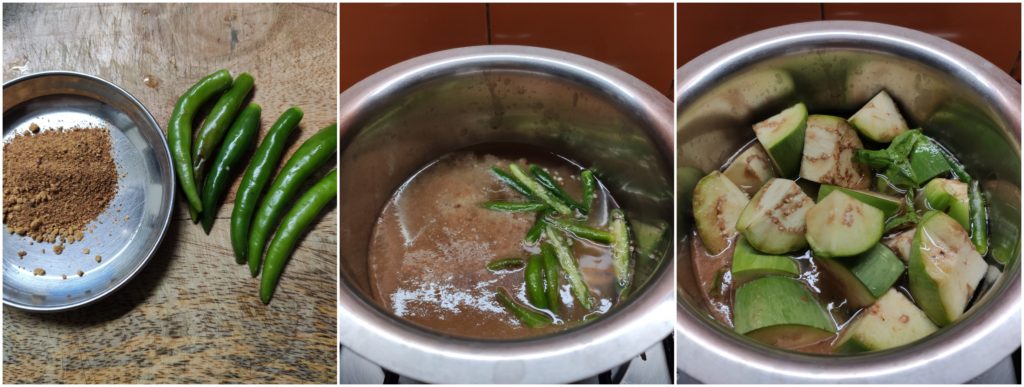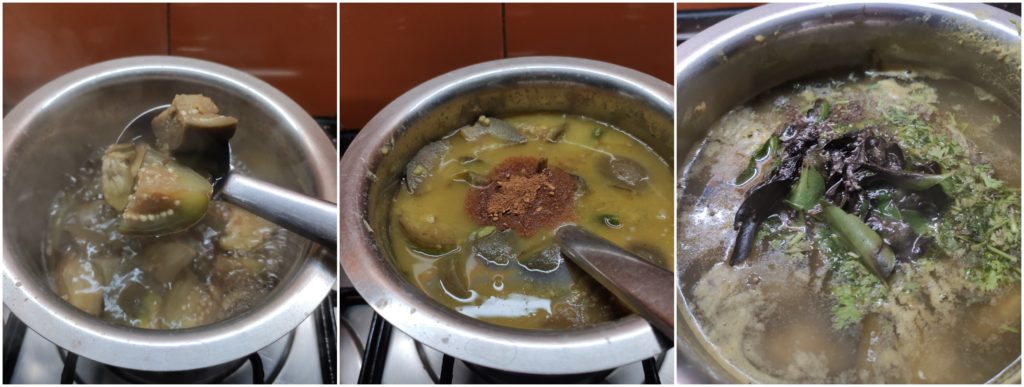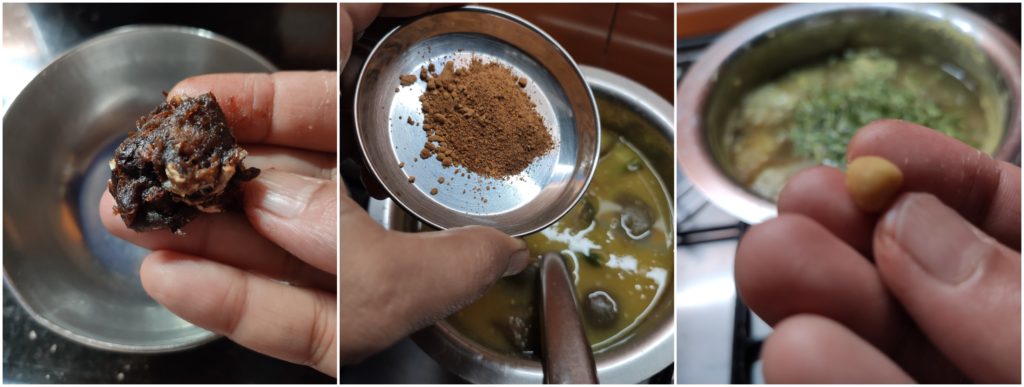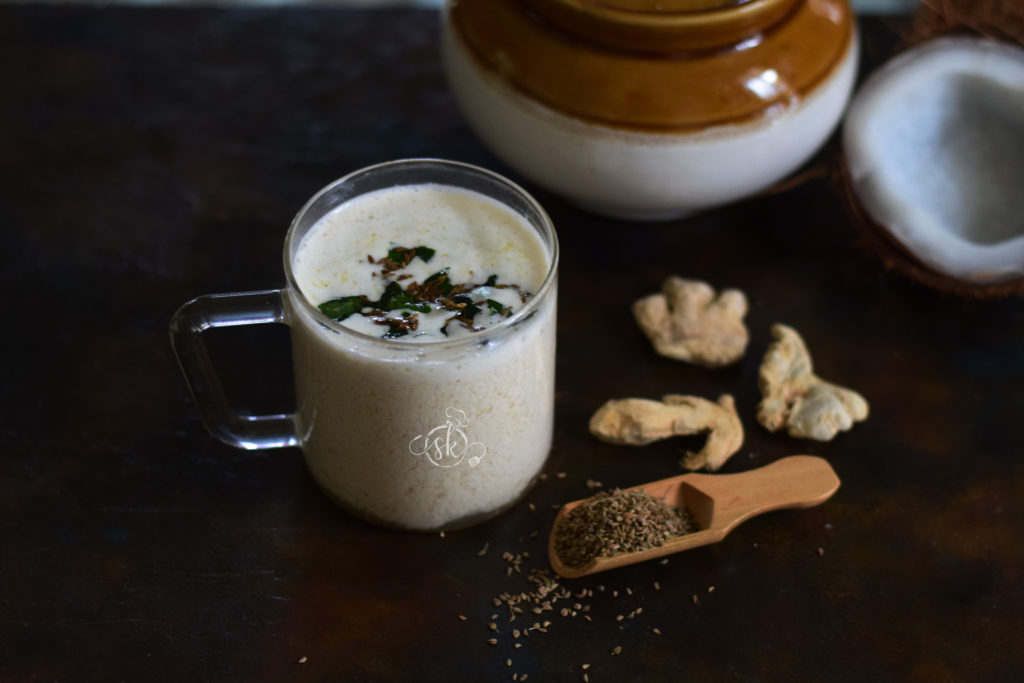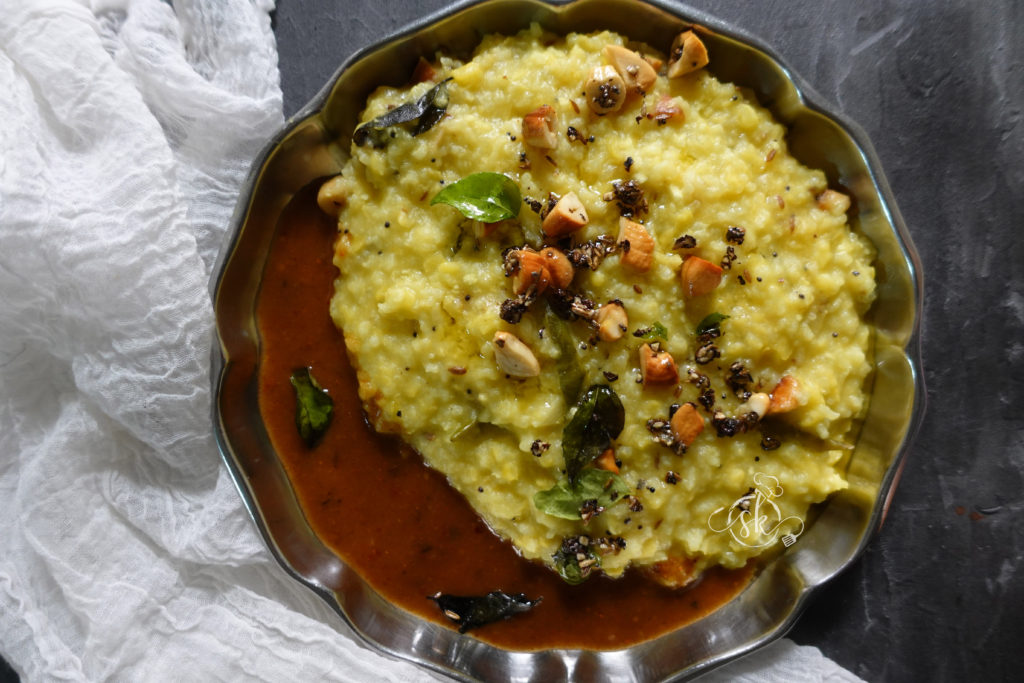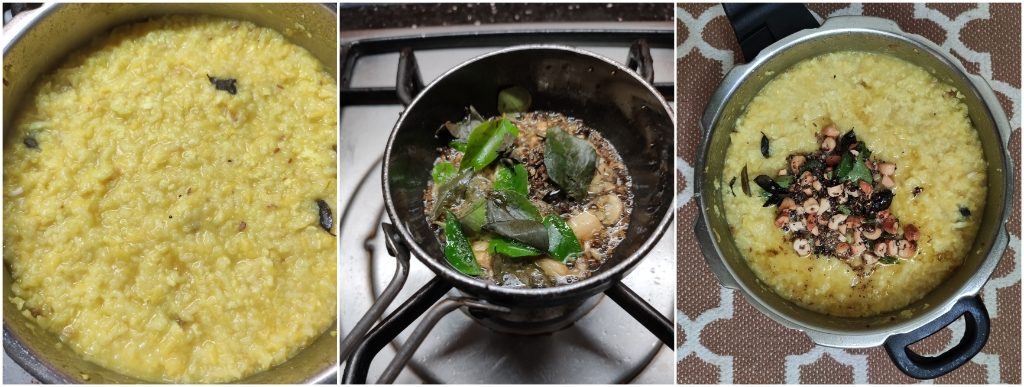Instant Khichdi Mix:
Instant Khichdi Mix is a delightful blend of flavours that combines the wholesome goodness of rice, lentils, and aromatic spices in a convenient package. My daughter loves adding readily available veggies, like peas and carrots, to enhance her nutritional intake.
This way, the Khichdi mix is like a culinary hug from home. It allows them to enjoy the comfort of a homemade meal even in a bustling hostel or PG environment.

How I make:
Ingredients:
Split green gram with skin – 2 cups.
Rice – 2 cups
Ghee or Oil – 2 Tbsp.
Cumin –2 tsp
Hing – a small peanut size
Bay leaf – 1 (broken)
Cinnamon – 2 “
Cloves – 2
Cashew bits – 2 Tbsp. (optional)
Salt, Jaggery (optional)
Turmeric – ½ tsp
Red chilli powder – As needed.
Garam masala – As needed.
Coriander leaves – 2 Tbsp. (dried)
Method:
-Take rice and dal, pour them onto a clean kitchen towel, and wipe the grains gently.
-Pulse the grain mix by putting it in a dry mixer jar. This action reduces the cooking time.
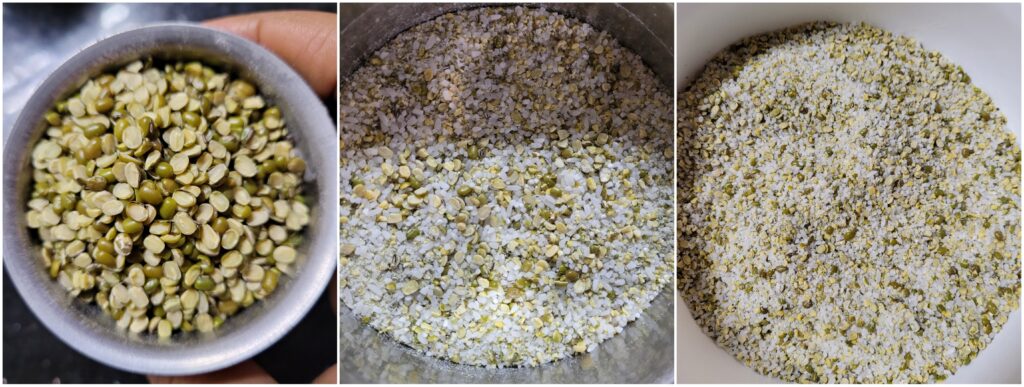
-Chop coriander leaves and air dry beforehand and keep it ready.
-Prepare seasoning, heat ghee/oil, fry cashew, cumin, hing, bay leaves, cinnamon, cloves. Add in pulsed dal-rice mixture and roast it for 2 to 3 minutes.
-Add salt, turmeric, red chilli powder, and garam masala; if you are adding jaggery, add that as well.

-Switch off the gas, add coriander leaves or Kasuri methi, mix well, cool the content and pack it in a zip lock pouch or an air-tight container.
How to Prepare the khichdi:

Take ½ cup of readily available khichdi mix; if you want to add vegetables, take chopped veggies, onion or whatever you want.
-If it is in a kettle/induction stove, boil 2 cups of water. Add chopped veggies (if you have them) and khichdi mix. Cook and have it with curd or as it is plain.



